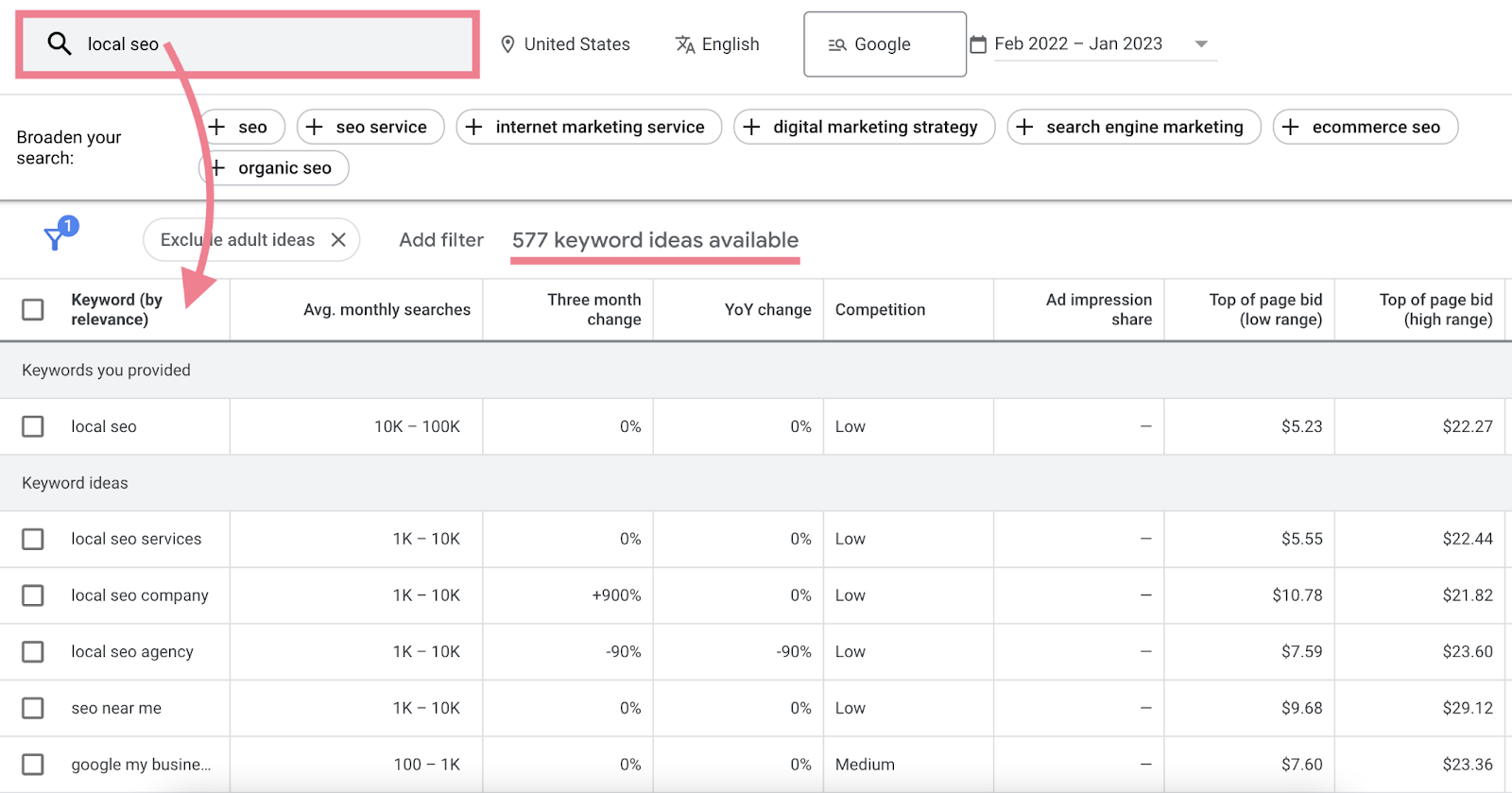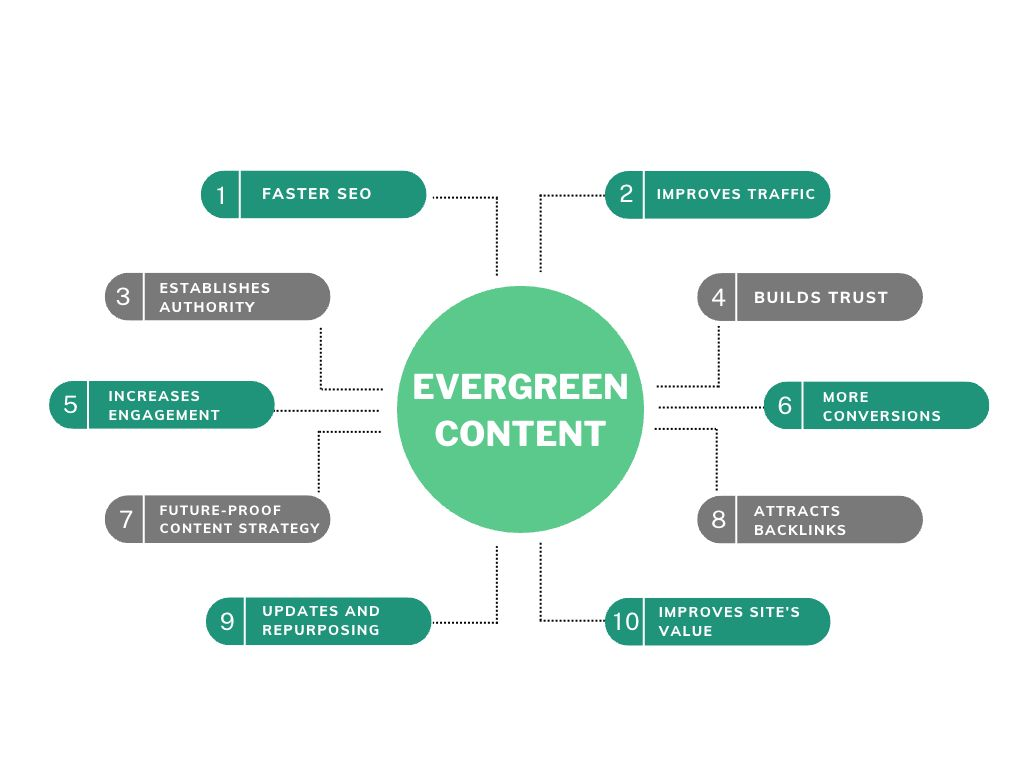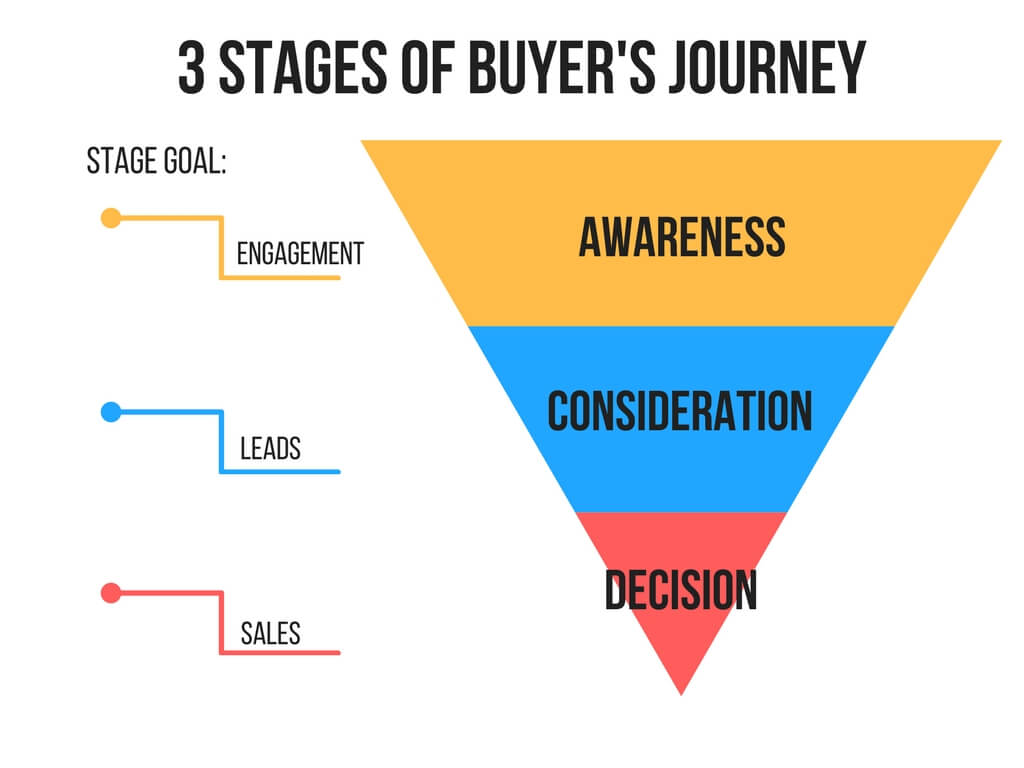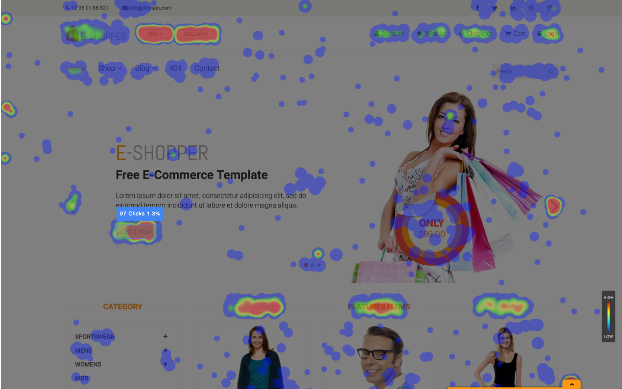Is your brand ready to rise to the surface where it’s seen, known, and preferred by your target audience? Imagine launching a skyrocket, bright and impressive, illuminating your trajectory among the sea of competitors.
Surprisingly similar to the explosive ascent of a skyrocket, a strategic approach to content creation can champion your brand’s visibility at a staggering scale. The world of content marketing now mirrors a star-studded sky, with top brands shooting across, leaving blazing trails in their wake. But before they sparkled, each made sure to have these ten content assets tucked in their arsenal.
If you’re determined to push your brand into the limelight, prepare to add these ten needles of influence to your strategic haystack. They are tested, proven, and favored by the successful brands of today. A new era is upon us. Are you ready to ride the updraft and create your own stellar spectacle? The journey starts here. After all, every skyrocket needs the right launch pad.
Unleashing the Power of Effective Content Assets
- Assets have unquantifiable value, but when used correctly, they can amplify your brand visibility like a titan.
- Identifying and creating these assets is the golden ticket to standing out in a saturated market.
- This section opens the door to the how and why.
Step 1: Identifying Your Brand’s Unique Content Assets
Product data sheets, case studies, webinars, blog posts; all these are examples of content assets, but how do they benefit your company? Identifying the types of content that contribute to your company’s unique identity is step one in expanding your brand’s visibility.
Identifying your content assets is like a treasure hunt. It starts by delving deep into your brand and understanding its value. Every brand is different and even a slight adjustment in how you present your content assets can make a substantial difference.
Identifying your content assets goes far beyond simply listing what you have. It requires a careful examination of:
- Your brand goals
- Target audience
- Industry trends
Further to this, you need a deep understanding of how your existing content assets align with these factors.
For instance, if your brand focuses on providing in-depth industry insights and analysis, white papers could be a unique content asset for your brand. On the other hand, if you’re engaging a younger, more tech-savvy audience, curating engaging, concise video content might be your sweet spot.

Step 2: Creating High-Quality Content Assets
Every marketing professional understands the importance of high-quality content, but how do you go about creating it? Content creation involves more than just drawing up a nicely-written blog post or a well-edited video – it involves:
- Targeting the right audience: When creating high-quality content assets, relevance is key. Tailor your content to reflect the interests and needs of your target audience. It also helps to stay updated on current industry trends, paying particular attention to the types of content that resonates with your audience.
- Setting the right goals: High-quality content isn’t just about creating new material. Optimizing your existing content also plays a valuable role. This means your goals should focus on new and existing content.
- Using the right approach: Another win or fail factor is consistency. Remember, Rome wasn’t built in a day, and neither will your brand’s visibility. Regular, consistent output of quality content will not only keep your brand at the top of the mind of your consumers but also enhance your credibility in the industry. So, whatever approach works best for your business – keep it consistent.
10 content assets for brand building to boost your brand’s visibility:
The truth is your content assets are your launching pad to skyrocketing your brand’s visibility. These assets can help engage your audience, showcase your expertise, and improve your online presence.
- Blog Posts
- Infographics
- Videos
- Case Studies
- eBooks and Whitepapers
- Testimonials and Customer Reviews
- Social Media Posts
- Email Newsletters
- Webinars and Podcasts
- Interactive Tools (e.g., quizzes, calculators)
Mastering the art of identification and creation of these valuable pieces will give your brand the much-needed leap ahead of the competition. Remember, it’s not just about having the assets, but making sure they are high-quality, relevant, and consistent.

Boosting Brand Visibility Through Content
- Understand how SEO-optimized content can raise brand recognition.
- Discover the power social media has in distributing content effectively.
Amplifying brand visibility is no chance occurrence, but a result of strategy, planning, and leveraging appropriate mediums.
Utilizing SEO in Content Assets
SEO (Search Engine Optimization) can be a key player in driving more traffic to your content assets.
The beauty of SEO is its alignment with user intent. Optimizing your content for relevant keywords will not only thrust your brand into the visual field of prospects but will bridge connections with those specifically seeking what you offer.
Databases such as SEMRush and google keyword planner carry the weight in seeking keywords, yet it’s essential the content in question remains useful and engaging to the audience. Remember, behind every search query, there’s a person with a need your brand can fulfill.
Google algorithms are a game of decipherment, so staying on track with your SEO efforts ensures your brand stays relevant in the ever-changing world of digital marketing.

Leveraging Social Media for Content Distribution
Social media channels act as powerful leverages for distributing content to increase brand visibility. Each platform, with its unique user demographic and preferences, offers a distinctive way to showcase your content assets and engage with your audience.
1 in 4 people globally actively use social media platforms, making these digital stages a goldmine for reaching out to potential customers.
Knowing which platform your target audience frequents the most is first base. After that, it’s about creating tailored content that resonates well within each social media landscape. Videos excel on Facebook, eye-catching graphics thrive on Instagram, while insightful articles gain traction on LinkedIn.
Remember, successful content distribution is not only about creating high-quality content but also about ensuring it reaches your intended audience. Increase your brand visibility by riding the waves of social media wisely, making your valuable content easy to find, and delightful to consume.
Crafting a Winning Content Marketing Strategy
In order to boost brand visibility, one needs to master the art of content marketing. The process involves:
- Aligning content assets with marketing objectives.
- Continuously updating and improving content assets.
- Content assets can be used as effective tools to meet specific marketing objectives.
Discover strategies to help you prepare a potent content mix that increases your brand’s visibility.
Aligning Content Assets with Marketing Goals
In the battlefield of marketing, content assets are your ammunition. They have the potential to drive your brand to unmatched heights. However, if not aligned with your marketing goals, they might fall flat. Your content, be it blog posts, whitepapers, e-books, or podcasts, should be tailored to meet your specific marketing objectives ranging from lead generation to enhancing brand awareness.
Every piece of content you create should have a clear purpose and should walk hand-in-hand with your company’s mission. If you aim for lead generation, consider developing gated content like whitepapers or research reports. Or if brand awareness is your thing, blogs or podcasts would be your best bet. Identification of objectives will guide you to streamline the appropriate content assets in the right direction.
Not just that, it also helps you to be in touch with your target audience’s needs, which is paramount in creating engaging content.

Continuously Updating and Improving Content Assets
- Regularly updating content assets is crucial to keep pace with evolving market trends and customer needs.
In the dynamic world of digital marketing, only those brands uphold their visibility that keeps up with the ever-changing trends. Be it the changing customer preferences, or the new industry standards, the one-size-fits-all approach stands no chance. It’s important that your content assets don’t turn obsolete but adapt to the evolving scenarios.
To make your content ever-green, use the two following tips:
- Make sure it is continually updated and improved. Be on the look-out for outdated stats, broken links, and irrelevant information and revise accordingly.
- Always keep your ears on the ground. Understand the changing customer behaviours and align your content to their needs. Remember, your competitive advantage is based largely on how well-timed your content is.
Updated content not only ensures relevance but also improves SEO ranking. Google algorithms favor brands that provide updated and high-quality content. Hence, keep revisiting your content assets and breathe fresh life into them.

Understanding the Role of Digital Marketing Assets
- Grasp the difference between content and digital marketing assets.
- Learn how to include digital marketing assets into your strategy.
Differentiating Between Content Assets and Digital Marketing Assets
The digital world is awash with a multitude of items categorized under ‘content’: blog posts, infographics, whitepapers, the list goes on. However, not all content can be classified as a digital marketing asset. So, what sets them apart?
Firstly, let’s cut through the jargon. Content is a blanket term referring to any piece of information that carries value. Think about a marketing flyer you received in the mail, a brochure in a store, or even this article you’re reading right now, they all constitute content.
In comparison, a digital marketing asset is a specific kind of content designed to drive a particular action from your audience. These could be:
- Landing pages that encourage visitors to sign up
- eBooks offering expertise in exchange for contact details
- Social media ads directing traffic to products or services
To sum it up, a digital marketing asset can be content, but not all content is a digital marketing asset. The key difference lies in the intent and functionality.
Incorporating Digital Marketing Assets into Your Strategy
Now, what’s next after understanding the distinction? It’s time to get your digital assets working for your strategy.
It’s like preparing a meal. You’ve got quality ingredients (content), but they need to be baked, fried, or grilled (created into digital marketing assets) to drive your guests (customers) to do something: eat (interact). Follow these four simple steps to get started:
- Identify the desired action you want to prompt. It could be encouraging subscribers, generating leads, or driving sales.
- Tailor your content in a way that it becomes a tool to achieve this action. Remember the function it serves is as important as the content itself.
- Align your assets with your buyer’s journey. Ensure each asset is appropriate to the customer’s stage of decision-making and works towards moving them to the next phase.
- Stay true to your brand while creating these assets. Consistency in style, tone, and messaging across all assets strengthens your brand identity and enhances recognition.
Embedding digital marketing assets into your strategy is like charting a journey with multiple paths – each leading to a specific destination. By effectively using these assets, your brand becomes a beacon in the vast sea of digital information, catching your target audience’s attention, leading them to the shores of conversion.
Maximizing Content Assets Conversion
- Transform content into a powerful conversion tool
- Enhance the value of your content through optimized conversion strategies
- Measure, adjust, and improve content conversions for maximum return
Understanding Content Assets Conversion
Content assets conversion isn’t just about converting visitors to customers. Rather, it sums up the ability of digital content to drive desired actions, be it a newsletter sign-up, a white paper download, or an online consultation booking.
These desired actions are milestones leading towards the ultimate conversion – the purchase. If you look closely, each type of content asset establishes a unique connection with potential customers, nudging them towards your brand’s offerings. It’s about:
- Building a rapport
- Offering value
- Facilitating the buyer’s journey
But how do you maximize this? Let’s dive deeper.

Strategies for Increasing Content Assets Conversion
Boosting your content assets conversion doesn’t occur overnight. It’s an ongoing process that entails consistent monitoring and tweaking. Here are some strategies to start with:
- High-Quality, Targeted Content: Ensure your content speaks directly to your target audience. Address their pain points, provide solutions and offer unique insights that stimulate their interest.
- Clear and Compelling CTAs: Be clear about what you want users to do after consuming your content. Make your call-to-action clear, concise, and captivating.
- A/B Testing: Not quite sure about the impact of your content or CTA? Run A/B tests, make data-informed decisions, and implement changes accordingly.
These strategies lay the foundation for increased content assets conversion. Remember, it’s about nurturing the customer-brand relationship on different stages of a prospect’s journey, using different content types.

Measuring and Improving Content Assets Conversion
Maximizing content assets conversion depends heavily on taking timely and accurate measures. Armed with the right metrics, you can make data-driven decisions that might mark the difference between lagging and skyrocketing conversions. These could be using heatmaps and session recordings to track:
- Click-through rates
- Conversion rates
- Bounce rates
- User journey
Notably, once you measure, don’t hesitate to make adjustments. Try tweaking your CTA’s positioning, altering your content strategy based on audience insights, or even revamping the design for better user experience. Remember, provision for improvement is a constant in the realm of content marketing.

Charting Your Brand’s Course to Visibility
Engaging blogs, captivating visuals, valuable case studies, effective emails, compelling presentations, enlightening webinars, insightful podcasts, eye-catching infographics, thought-provoking whitepapers, and productive newsletters are the ten prime content assets to maximize your brand’s recognition.
Think about it. These assets are your beacon in the crowded marketplace, bringing your brand into sharp focus. Armed with this knowledge, you’re equipped to create a more vibrant brand presence and to surface in the saturated online world.
Don’t wait another minute! Start repurposing your existing content into these format types; your audience is waiting for you. Considering a podcast? Why not interview an industry expert? Got an upcoming webinar? Transform it into an engaging infographic later.
Don’t you agree that these content types are an investment rather than an expense? It’s all about giving your brand the stage it deserves. So, how are you planning to use these assets to enhance your brand’s visibility?
Paddle out to the sea of opportunities. After all, an undiscovered brand is a gem waiting to be found.

